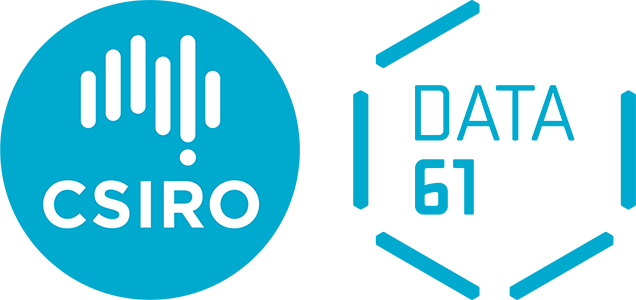Melanoma Identification – How Does It Work
How Automated Melanoma Diagnosis Works
Images of skin lesions are taken using a technique called surface microscopy. The area of interest around the lesion is coated with a film of oil, a piece of glass is pressed onto the area, and a colour picture is taken through the glass with a low-power microscope. The lesion attributes are then analysed using image analysis techniques. Figure 1 shows the images of four different lesions. Each image is about 9 millimetres high by 14 millimetres wide.
 |
 |
| (a) | (b) |
 |
 |
| (c) | (d) |
Figure 1: Four skin lesions
Images taken using surface microscopy aren’t perfect: hair and bubbles in the oil can be seen. These features could perturb the diagnosis and so must be removed by the image analysis software. Also the boundary of the lesion must be detected, as shown in Figure 2. The lesion boundaries are in yellow; the hairs and other unwanted features are in green
 |
 |
| (a) | (b) |
 |
 |
| (c) | (d) |
Figure 2: Detected lesion boundaries, hairs and bubbles
Having found the boundary of the lesion, various attributes of the lesion must be measured. These permit us to classify it as melanoma or not. A reliable diagnosis cannot be deduced from colour information alone. In particular, notions like the symmetry and the regularity of the lesions are very important. To illustrate the importance of these factors, figure 3 shows an example where lesion (e) is a melanoma and lesion (f) is not. No colour information can help discriminate between these two lesions. However, lesion (e) can be recognised as a melanoma on the basis of additional features.
 |
 |
| (e) | (f) |
Figure 3: Lesions identified as (e) melanoma and (f) non-melanoma.
Classification Accuracy
In the following study, SolarScan was shown to have comparable or superior sensitivity and specificity in comparison with clinicians. The sensitivity and specificity figures for SolarScan and a range of clinicians with varying levels of expertise in the diagnosis of melanoma are shown in the table below.
S. Menzies, L. Bischof, H. Talbot, et al. The Performance of SolarScan: An Automated Dermoscopy Image Analysis Instrument for the Diagnosis of Primary Melanoma. Archives of Dermatology, 141(11):1388-1396, November 2005.
| Diagnostician | Sensitivity (%) | Specificity (%) |
| SolarScan | 85 | 65 |
| Dermoscopy experts | 90 | 59 |
| Dermatologists | 81 | 60 |
| Trainee Dermatologists | 85 | 36 (p=0.006) |
| General Practitioners | 62 | 63 |
